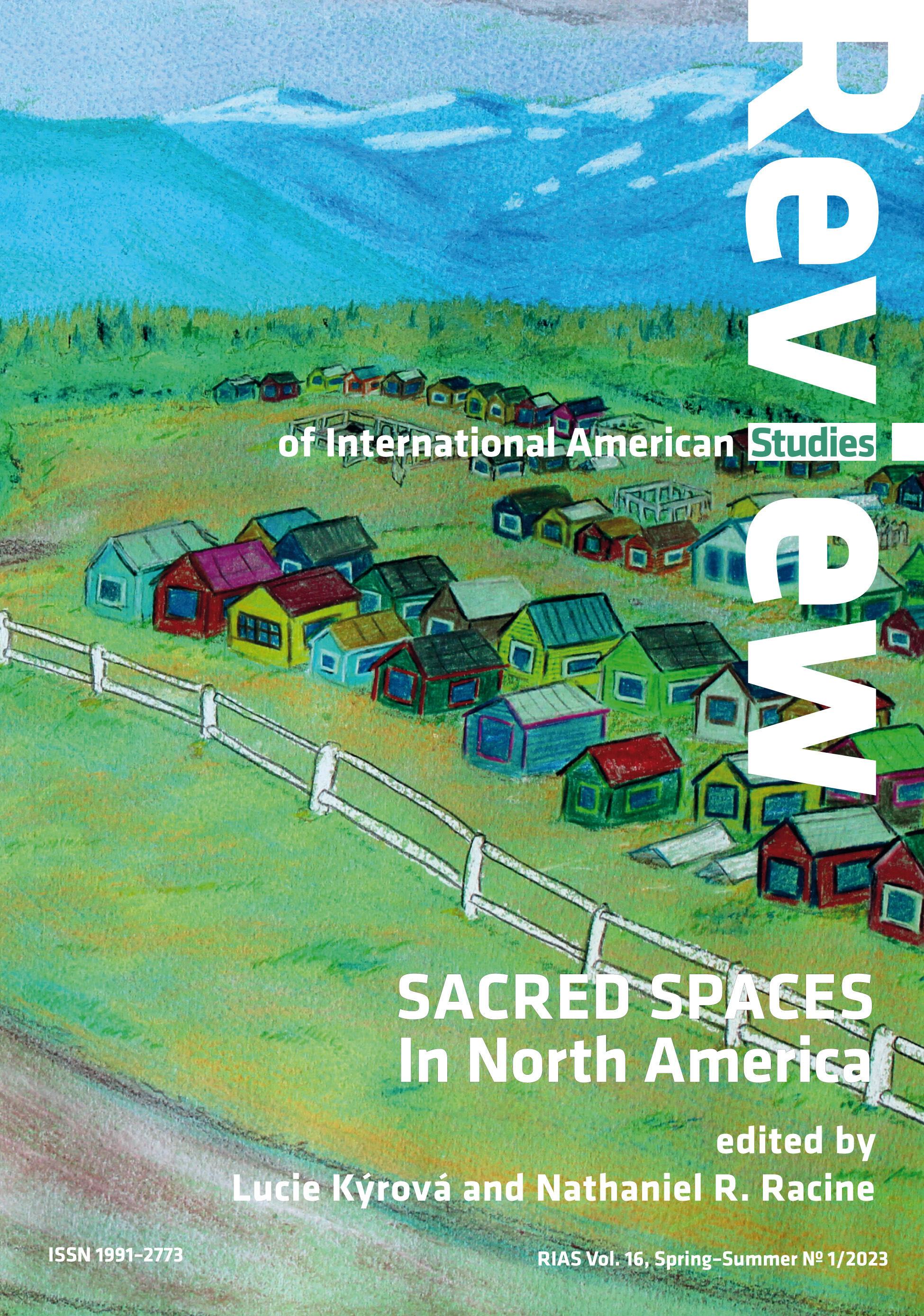AS THE DIGITAL TEOCALLI BURNS: Mesoamerica as Gamified Space and the Displacement of Sacred Pixels
AS THE DIGITAL TEOCALLI BURNS: Mesoamerica as Gamified Space and the Displacement of Sacred Pixels
Author(s): Joshua Jacob FitzgeraldSubject(s): Social Sciences, Language and Literature Studies, Media studies, Theology and Religion, Cultural Anthropology / Ethnology
Published by: Wydawnictwo Uniwersytetu Śląskiego
Summary/Abstract: Intricately concocted temples—seemingly historically accurate down to the pixel—flash across the gamer’s screen, as the player-conquistador re-creates the downfall of the so-called “Aztec Empire,” circa 1521, a keyboard at hand instead of a cutlass. Playing the Spanish Conquest has never been easier or more exciting for the victor. Today’s recreational sundering of Indigenous-American sacred spaces and cultural monuments repeats disturbing patterns in colonialism and cultural imperialism from the Early Modern past (Carpenter 2021; Ford 2016; Mukherjee 2017). What are the lessons gamers learn by reducing digitized Mesoamerican temples, such as the grand teocalli of Tenochtitlan, to rubble? This article explores sacred landscapes, archaeology, and art relating to acts of conquest and sixteenth-century Spanish invasion of Mesoamerica. This study of Mesoamerican sacred environments supports my interpretation that careless approaches to early-modern contexts and virtual geographies created by game designers reduce the presence of Mesoamerican place-identity. I highlight empire-building games based on historical events and situate gaming experiences, old and new, as interventions in sacred architecture. The study draws in ethnospatial considerations of settings and ornamentation to furthering the recent Game Studies critiques on cartographies, narratologies, and play mechanics, here focusing on the geo-spiritual components of playing out aspects of Mesoamerica’s encounters with Spanish military and cultural conflict (Lammes et al. 2018). I reveal the importance of place attachment, ethnohistory, and archaeology in making more meaningful experiences and argue that current art history-adjacent gaming agendas create fun and profit at the expense of iconic structures of Mexico’s heritage, such as the Postclassic single- and double-topped teocalli (temple-pyramids). The final thoughts call for increased interventions from scholars upon developer-player negative feedback loops that repurpose inaccurate mythos from historiography of the “Spiritual Conquest” paradigm.
Journal: Review of International American Studies
- Issue Year: 16/2023
- Issue No: 1
- Page Range: 259-306
- Page Count: 48
- Language: English

